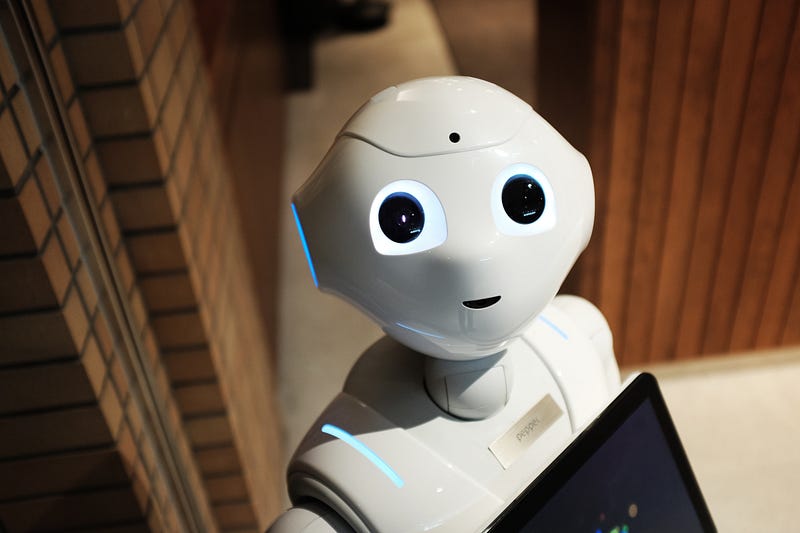[to be edited] An honest look at how AI is changing the data science world.

ChatGPT, the large language model created by OpenAI, has been a buzzword in the AI community since its launch in 2020. The model, which is trained to carry out language tasks, has sparked debates about whether AI technology can replace human therapists, data analysts and data scientists. In this article, we will take a closer look at what ChatGPT is, how it works and its potential applications in data science.
ChatGPT is based on a network architecture called the Transformer, which was first introduced in 2017 by a paper from Google called “Attention is All You Need.” The Transformer architecture is solely based on an attention mechanism, which makes it faster and more efficient than other deep learning models like recurrent neural networks and convolutional neural networks. Since its introduction, several state-of-the-art Transformer models have been developed with an increasing number of parameters.
However, these models have some problems, including a lack of alignment with human expectations, incorrect outputs, and even biased or toxic results. This is known as the “human-AI misalignment issue.” To overcome this, ChatGPT also uses reinforcement learning from human feedback to fine-tune its outputs and make them more truthful and less toxic.
One of the limitations of ChatGPT, and language models in general, is their need for understanding the meaning of language. Despite a large number of parameters, it is still unclear if language models understand abstract concepts and definitions. A study by Stanford researchers found that pre-trained language models make mistakes 20% of the time, particularly when it comes to distinguishing words from their antonyms and understanding abstract definitions.
So, can ChatGPT be used as a replacement for a data scientist? I put the model to the test by asking it a few questions related to data science. When asked about a roadmap for learning Python for data science, ChatGPT provided a general roadmap with resource links, which could be a good starting point for beginners. When asked about statistical methods for comparing two distributions, ChatGPT provided a summary of visualization and summary statistics. Finally, when asked about detecting anomalies and outliers in a data set, ChatGPT provided a general answer that could be helpful as a starting point.
In conclusion, while ChatGPT is a powerful language model with the potential to aid in data science, it is still far from replacing human data scientists. It lacks a robust understanding of language meaning and can still make mistakes. However, it can be a valuable tool for data science beginners or as a starting point for more complex questions.
If you want to watch the video version of this article, you can find my Youtube video below:
